“The higher end the guitar, the more robust the demand is”: Why are guitars getting more expensive? We spoke to the world’s biggest guitar companies to find out
From $50k acoustics to eye-watering ‘premium offshore’ prices, the cost of big-name new guitars has felt like it’s spiraling. So how did we get here? And how do we get out of it?

Rising prices have become a reality of life in 2024 and the guitar industry has been no exception, especially when it comes to the big names.
Epiphone’s latest Chinese-built models approach $1,500, while Fender’s Mexican-made Vintera IIs are heading north of the $1,000 mark. Meanwhile, the former mid-price tier, ie, the flagship US builds from the big firms, come in at anything between $2,000 and $5,000 – and the price tags of some custom shop guitars now seem to be approaching real estate levels. It seems like it’s everywhere.
So why is it happening? What are guitar makers doing about it and, perhaps most importantly of all, where can you find value in a market that looks like it’s out to make New Guitar Day a thing of the past?
Over the past few months, we’ve been chatting to representatives from Fender, Gibson and Reverb about the situation, so strap in as we attempt to unravel just what is happening when it comes to the seemingly spiraling cost of gear.
Why have prices risen so much?
Let’s start with the background. Economics 101 teaches us that when supply is low and demand is high, then prices will rise. The past few years have offered a perfect storm in this sense.
The pandemic throttled supply chains around the world (as workers isolated and manufacturing slowed), while at the same time governments handed-out stimulus checks (ie, free money) to large swathes of the population.
Those who were fortunate enough to have the basics covered started looking for other ways to keep occupied during lockdown. As such, during Covid, the guitar industry enjoyed its biggest sales boom since The Beatles first invaded these shores. People had spare time and spare cash, retailers couldn’t supply guitars fast enough – and, as such, prices started to slowly creep up.
Get The Pick Newsletter
All the latest guitar news, interviews, lessons, reviews, deals and more, direct to your inbox!
That was just the start, though. As the world moved out of the pandemic, other shocks have hit global supply chains and, in turn, the guitar industry.
Like most manufacturing in the 21st century, guitar firms are dependent on a complex network of suppliers based all over the world. Even a handmade US instrument needs electrical components, plastics and tone woods – and most of these will come from foreign suppliers.

In a recent conversation, Fender’s Justin Norvell related to GW the issues the firm had faced just procuring tubes for its amp builds at the time.
“During the supply chain [crisis], it would be like the factory could make tubes,” explains Norvell.
“But the glass comes from Germany, and they couldn't get the glass. And then that goes back up the tree, to [issues sourcing] the silicon that makes the glass. It was really problematic, because there could be one small thing that was preventing us from getting anything.”
Fender’s tube supply is, we’re told, “pretty dialed” at this point, but it’s a neat illustration of the nightmare scenario that faced all manufacturers.
Fast-forward to 2024 and war in Ukraine and the Middle East, crumbling relations with China, increasing piracy on the world’s oceans (as the US pulls back on the world stage) and all manner of other fun-things-that-you-don’t-want-to-read-about-on-Guitar-World – continue to affect global manufacturing/shipping costs.
The guitar industry has some sizeable players – from Fender and Gibson, to PRS, Yamaha and Ibanez – but they are all at the mercy of these global forces.
“There's just been a period where, really, we were able to not increase things for many years and people get used to that,” comments Norvell, when we ask him about the reasons behind recent price rises.
“And then at some point, it's wood, it's metal, it's labor – wanting to pay the people who build our guitars more – and all of these things come together, and create that environment.”
What are guitar makers doing about it?
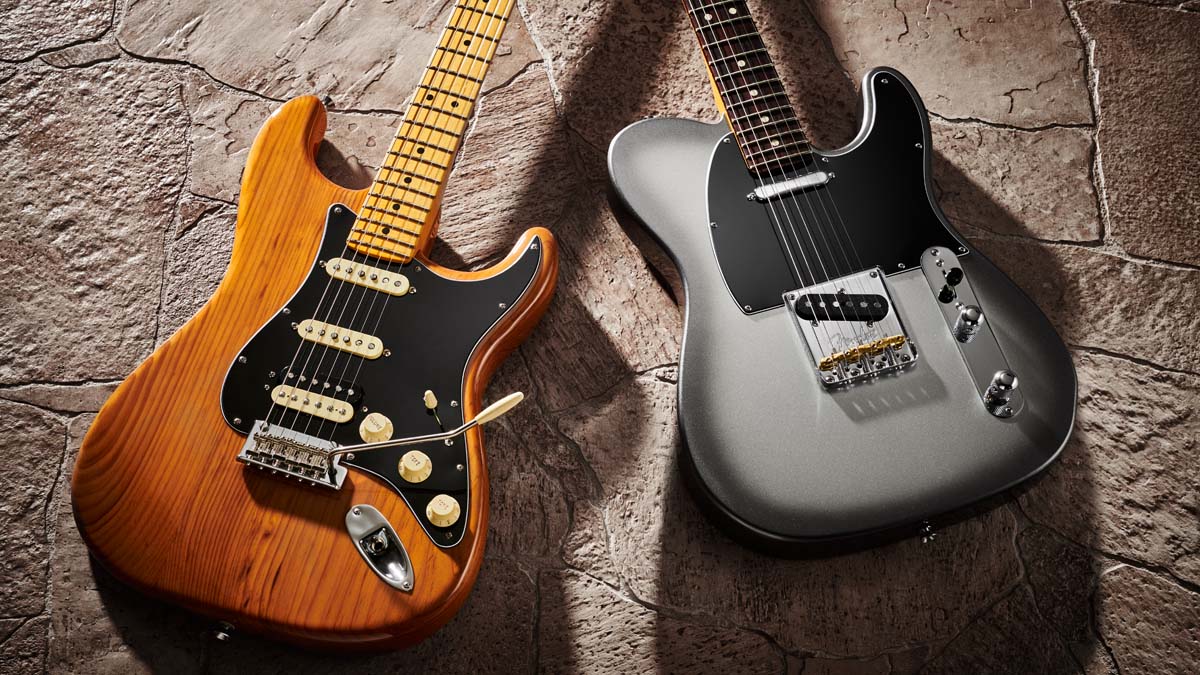
Regardless of the reasons, the effects have hit just about every aspect of the guitar and wider music-making world and, while they won’t shout about it, most manufacturers have had to put up prices.
Some might be stealthier than others – we’ve seen a fair bit of discontinuing old lines only to replace them with a slightly tweaked version at a higher price. This means it’s not a like-for-like swap and it’s harder for buyers to spot a price hike.
This might seem nefarious, but then firms are positioned between a rock and a hard place, financially speaking. Faced with a choice of absorbing the costs until they’re bankrupt, or putting up prices and facing an online backlash, it’s hard to blame them for choosing the latter.
Even though there have been recent price increases, keeping guitars affordable and in the hands of people has been a massive priority and challenge of ours
Justin Norvell, Fender
It means more pain for us guitar buyers, of course, but we still have a choice as consumers and, at least this way, the market dictates whether or not to accept the changes.
Norvell also makes the case that, historically speaking, the average guitar buyer still has it pretty good.
“The inflation thing is hyper-real,” acknowledges Norvell. “And I know that there's commentary about our prices over the years. [But equally] it's amazing how inexpensive guitars continue to be compared to other things that are crafted the way they are.
“If anyone took an inflation calculator and ran what a ’54 Strat was with a case, in ’54 it would be double the price of an American Professional. So even though there have been recent price increases, keeping guitars affordable and in the hands of people has been a massive priority and challenge of ours.”
We checked this and Norvell is, if anything, underestimating the figures: a Fender Stratocaster bought for its list price of $317 in the mid-’50s would be equivalent to a price tag of $3,590 in 2024. Meanwhile, you can currently pick up an American Professional II Strat for $1,599.
Enter premium offshore builds
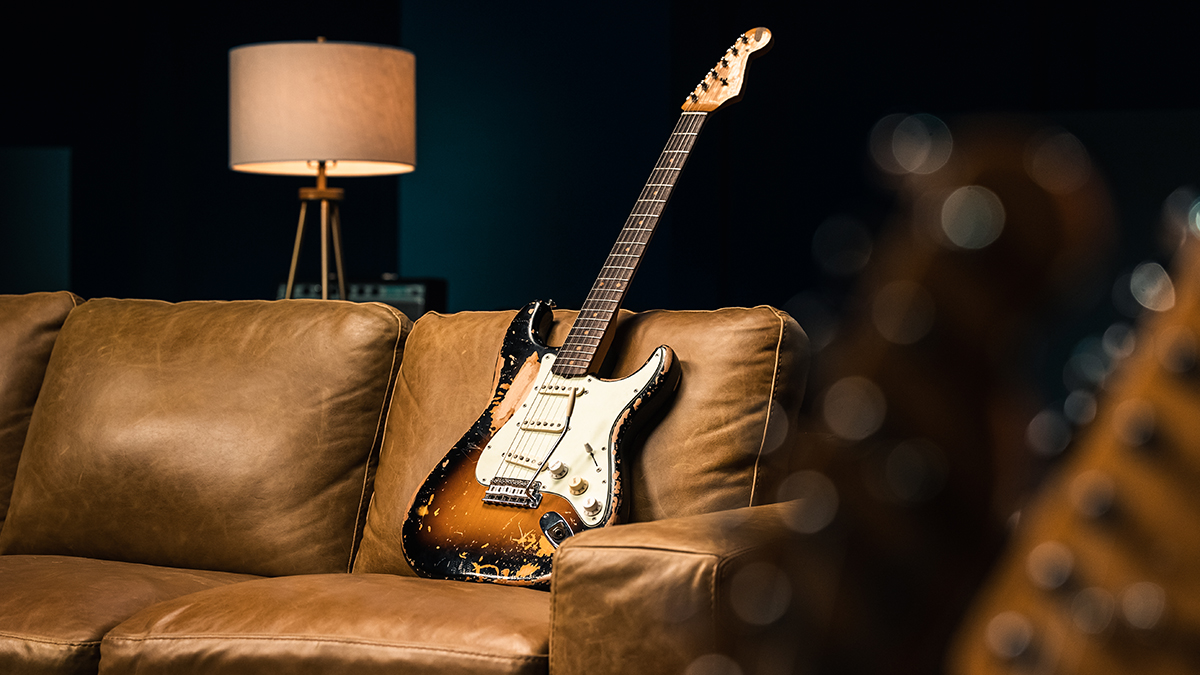
One of the key effects of the shift in pricing has been a widening chasm in the price tags between firms’ more affordable offshore builds and their traditional US-made ranges. The answer, for many of them, has been a new tier of high-spec, high-quality foreign builds that we’ve come to (somewhat lazily) tag, ‘premium offshore’.
Whether it's the Yamaha Pacifica Professional (loaded with Rupert Neve pickups), Epiphone’s Inspired by Gibson Custom Shop line – including the flagship Kirk Hammett Greeny (with open-book headstock and USA Greenybuckers) or Fender’s nitro-finished Mexican-made Mike McCready Stratocaster ($1,899) – they’re all giving players something that feels desirable at a price that five or 10 years ago would have bought you a US-made guitar. From now on, premium offshore is the new mid-tier.
Much of this is only possible thanks to the improvements in build quality, machinery and luthiery knowledge developed over the past 30 years or so and, while for his part, Norvell notes there is still the matter of ‘the soul’ of American-made instruments, he says that in the case of Fender’s Mexico facility, the relative proximity has paid dividends.
“We have people that go from [California],” says Norvell. “Master Builders that will drive the two-and-a-half hours or three hours down there, and they can impart all kinds of wisdom and keep moving that ball forward. If I think of a Mexico guitar from 1987 and the Mike McCready [Strat], it is completely light years away… I think that just opens the aperture: premium offshore stuff just gives people another choice.”
Other firms might have to hop on a flight, but that hasn’t stopped them from employing similar knowledge shares. If you’d told us 10 years ago we’d be paying $1,500 for Epiphones in 2024 then we would have checked your meds, but now these guitars feature Custom Shop pickups, stunning finishes and a level of quality control that places them, comfortably, as the best non-US builds under the Gibson Brands umbrella.
Scooping off the cream
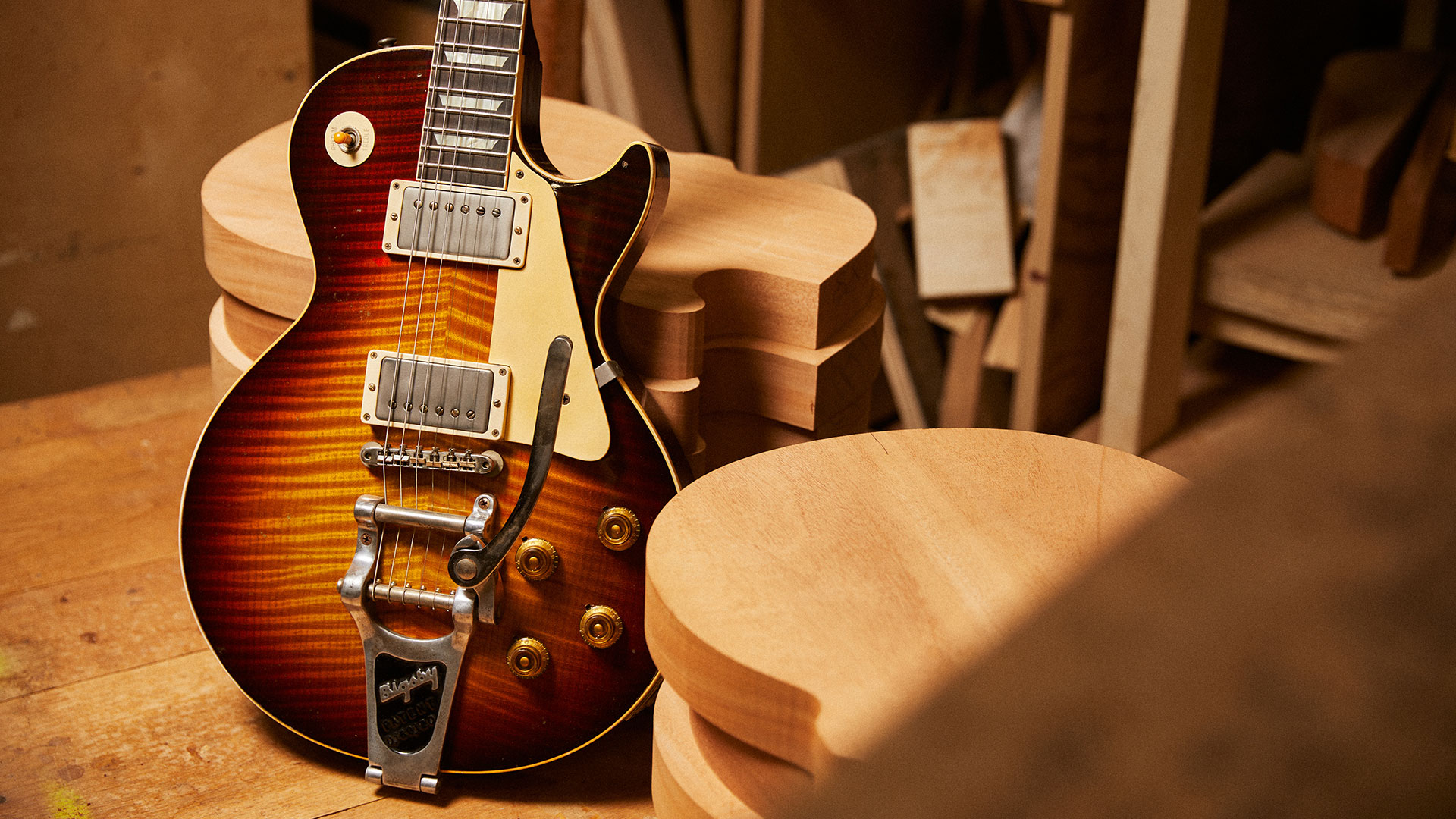
Of course, the effects of inflation have not been felt equally across society, or the guitar industry.
Talk to an economist (oh OK, don’t) and they’ll tell you that luxury goods sales remain weirdly stable during tough economic periods. This seems counterintuitive at first – why would we keep buying luxuries when we have less spare cash in our pockets?
It is because the wealthy are not so exposed to the effects of inflation. Take a look at the slew of record-breaking prices at the Mark Knopfler guitar auction last month and you’ll see the vintage and high-end guitar sales sector remains in good health.
In terms of the really huge-dollar, vintage stuff, still trading hands, you have to realise the people who play in that market are really not hit by the price of milk and eggs
Mark Agnesi, Gibson
“In terms of the really huge-dollar, vintage stuff, still trading hands, you have to realise the people who play in that market are really not hit by the price of milk and eggs,” Gibson’s Director of Brand Experience – and vintage guitar expert – Mark Agnesi, told us last year.
“I'm sure Ferrari is not having any trouble with new releases sitting on the lot for a while, and Rolex doesn't have any problems – you still can't get one of those. It's a different market, with different players.”
Fender’s CEO Andy Mooney also made a similar point to us in 2023: “We still get very high demand for Custom Shop guitars,” said the Fender chief. “Generally, in some ways, it's almost as if the higher the end of the guitar, the more robust the demand is.”
This explains the raft of ultra-pricey, limited-edition models that have rolled out since the pandemic. To us average Joes, it might seem a little wild when the likes of Gibson launches the $20k Murphy Lab Aged With Brazilian Rosewood Les Pauls, Martin drops its $50k anniversary build, or another Bitcoin guitar or Manson debuts a $17,500 Matt Bellamy-inspired mirror mask model, but these products are designed to cream the market – to charge top dollar from those that can afford it.
Zeroes make heroes
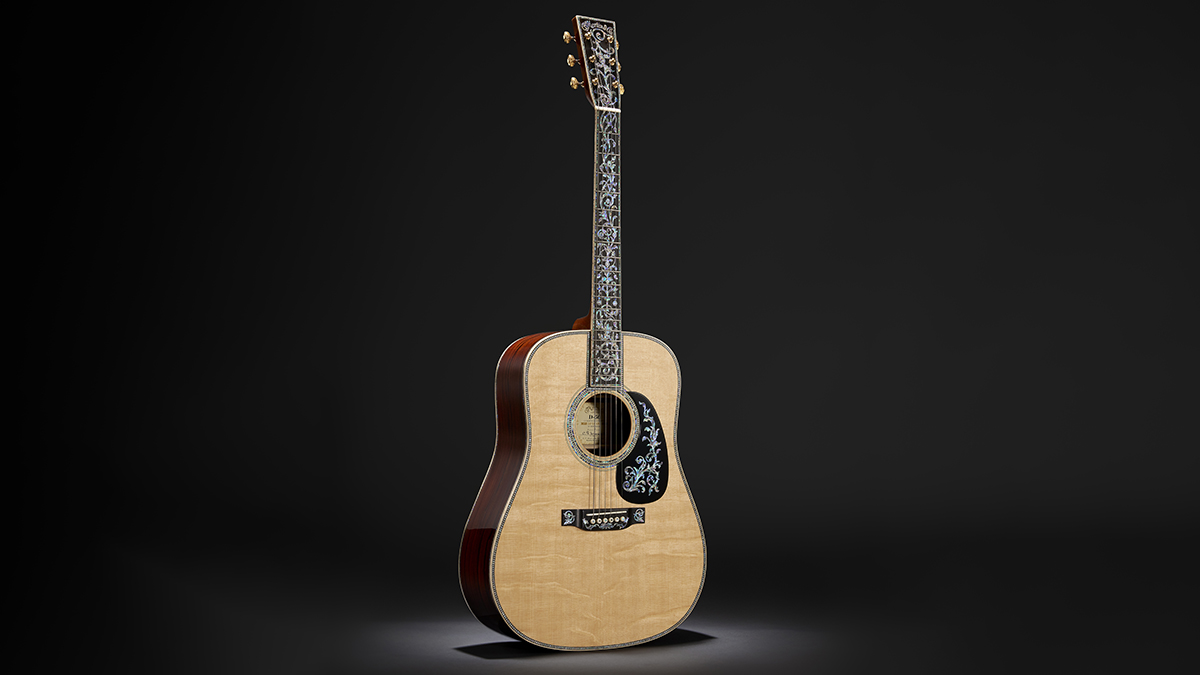
This is a classic premium pricing strategy – the sort of thing that, as Agnesi alludes to, you see in everything from sports cars to watch brands and fashion houses. At those figures, the price is the headline feature – one that’s more about creating a perceived value in the eyes of the wealthy buyer – than the cost of the materials alone.
It also relates to another pricing strategy, known as ‘anchoring’ – and this is something it’s crucial to understand as a guitar buyer in 2024. Tell us if this sounds familiar…
With an anchoring approach, you debut an ultra-exclusive (or limited) version of a desirable product at an intentionally eye-watering price, then when you roll out the next tier (say a standard USA model) at half that, or less, it seems like excellent value.
Then comes another tier at half that price and so on… The desire around that initial exclusivity trickles down until all the price points are covered and everyone gets their piece of the pie.
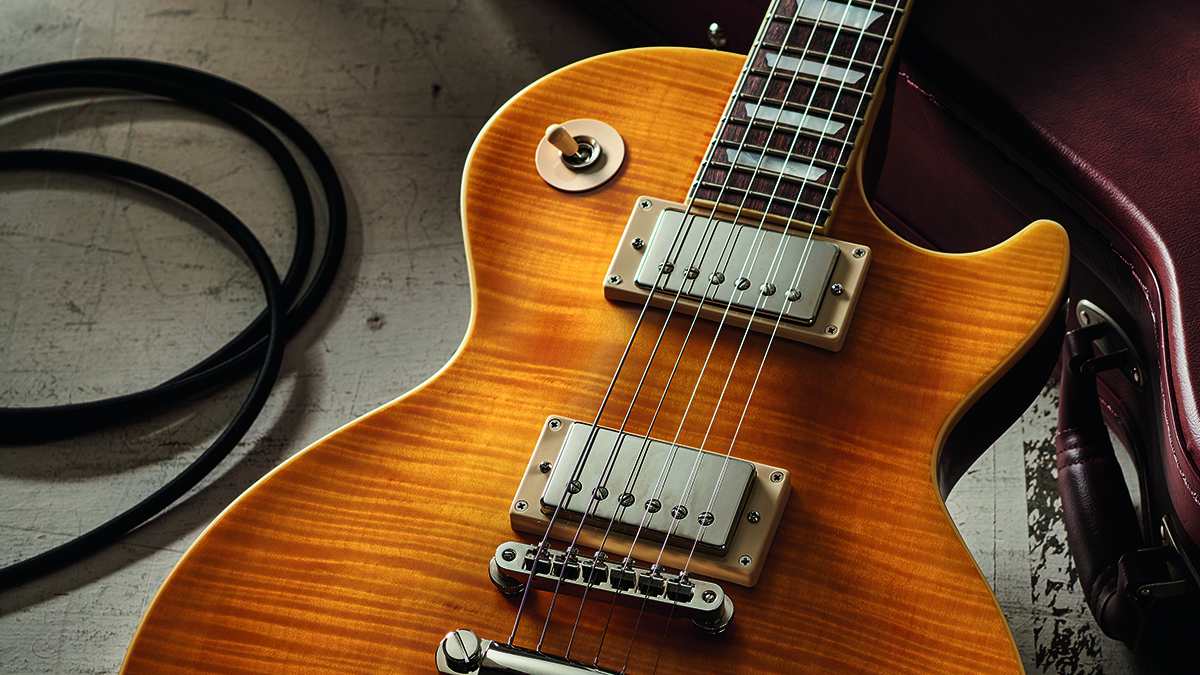
This has long been the playbook of the guitar industry’s custom shop builds, but Gibson has harnessed this strategy incredibly effectively since its 2018 rebirth – just look at the journey of the Greeny.
It launched with a $50,000 Custom Shop limited edition build that was so exclusive we reported on individual sales of the model to celebrities like Jason Momoa and Tool’s Adam Jones, then came the $20,000 Gibson Custom Shop model, followed by the $3,199 Gibson USA build, right down to the $1,499 Epiphone.
The Epiphone price is a massive 97% less than that original build – but it’s still the highest price tag of any Epiphone Les Paul.
As a result, they all still feel exclusive and desirable, and the prices feel much more reasonable in comparison to the headline-grabbing launch.

What’s more, as Agnesi also noted last year, Gibson has been even more constrained on the supply side than many of its rivals – and that has actually benefited it in some ways, because it simply didn’t have the option of riding the supply and demand rollercoaster that buffeted the likes of Fender. As such, it hasn’t had to sell-off nearly as much left over stock.
“Since we took over ownership in 2018 and relaunched in 2019, we haven't been able to make enough guitars,” said Agnesi, in fall last year. “It was always on back order, and we'd need more. So we were never able to hit the numbers where we could start having warehouses and warehouses full of inventory.
“We were always trying to catch up with demand, which ultimately ended up being a good thing, I think, for us because that meant that we didn't get stuck holding, you know, $100 million worth of cancellable orders… through that whole thing, we were always trying to catch up to orders.”
The $100 million figure is an allusion (one we should note Guitar World asked directly about) to Fender’s overproduction in the 2022 – a year in which, according to Fender’s CFO, the pandemic boom and subsequent drop-off in demand led to the firm being stuck with $100 million worth of canceled orders.
Fender ultimately navigated a tricky situation very successfully – resulting in their second-best year on record, but while brands are cagey on this sort of thing, rumor has it that the Big F was not the only one left up the creek, stock-wise, after the waters of the pandemic guitar boom subsided.
Which brings us on to our next question.
Where can you find value?
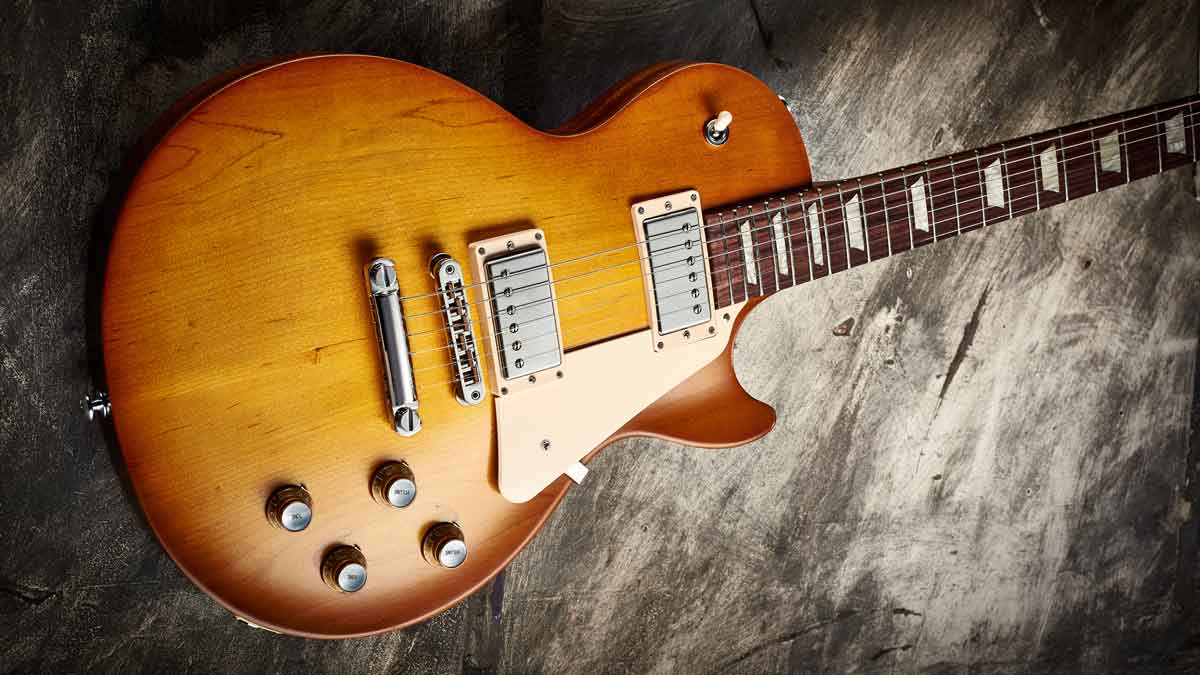
In the face of the forces above, it might seem like it’s impossible to find value in the same way in the current guitar market, but there are still deals to be had. The fallout of the pandemic oversupply has left retailers and guitar brands with a lot of stock to shift, particularly at the lower end of the market.
This is good news for you, if you’re after something under the $1,000 mark. This part of the market seemed to have the biggest discounts around Black Friday and the holiday sales (up to 40% in some cases). The likes of D’Angelico, Guild, Gretsch and Fender’s lower-rung items looked like great value – and even a few USA Gibsons were getting price cuts.
Some of those are still floating around with some pretty chunky reductions. Then there’s a few end-of-the-line models, like the Gibson Les Paul Tribute, which has already developed something of a cult following. There’s no discount, but stock is now being steadily sold off – and we suspect that’s the last USA Gibson we’ll see priced below $1,300.
We've seen continued strong demand as the value of higher-end instruments has steadily increased. While these guitars aren't cheap, buying them used offers great value for the money
Cyril Nigg, Reverb
The other big winner right now, is the second-hand buyer. Component and shipping costs might be felt immediately in the bottom lines of guitar makers, but it takes longer for the increased prices to filter through to the used market.
What’s more, we know that when times are tight, some musicians will have to sell more instruments and buy fewer of them. This puts a downward pressure on prices, somewhat counteracting the inflationary effect.
We asked Reverb.com to compare used sale price changes versus new prices, and it makes for interesting reading. Their price tracking data notes year-over-year increases of around 19% in the price of new Gibson Custom Shop Les Paul Standards and 9% in the USA Standards. In contrast, the used equivalents rose by 4% and 0%.
It’s a similar story when you look at Fender. For example, Reverb’s data shows a new Custom Shop Telecaster increased in price by 20% more than the average price paid for a used equivalent.
As noted previously, the higher-end guitar sales have continued to hold up well in the second-hand market, too.
“Compared to 2019, Reverb is now selling around 50% more used electric guitars over $1,400,” notes Cyril Nigg, Reverb's Senior Director of Analytics.
“And we've seen continued strong demand as the value of higher-end instruments has steadily increased. While these guitars aren't cheap, buying them used offers great value for the money.”
Of course, Reverb would be very enthusiastic about the merits of used purchases, and we should caveat the data by noting that the increase in higher value trades is also reflecting inflation (as rising prices result in more sales tipping over that $1,400 mark) – but we think it’s fair to say that it’s looking like a buyer’s market on the used side right now.
Will it go back to normal?
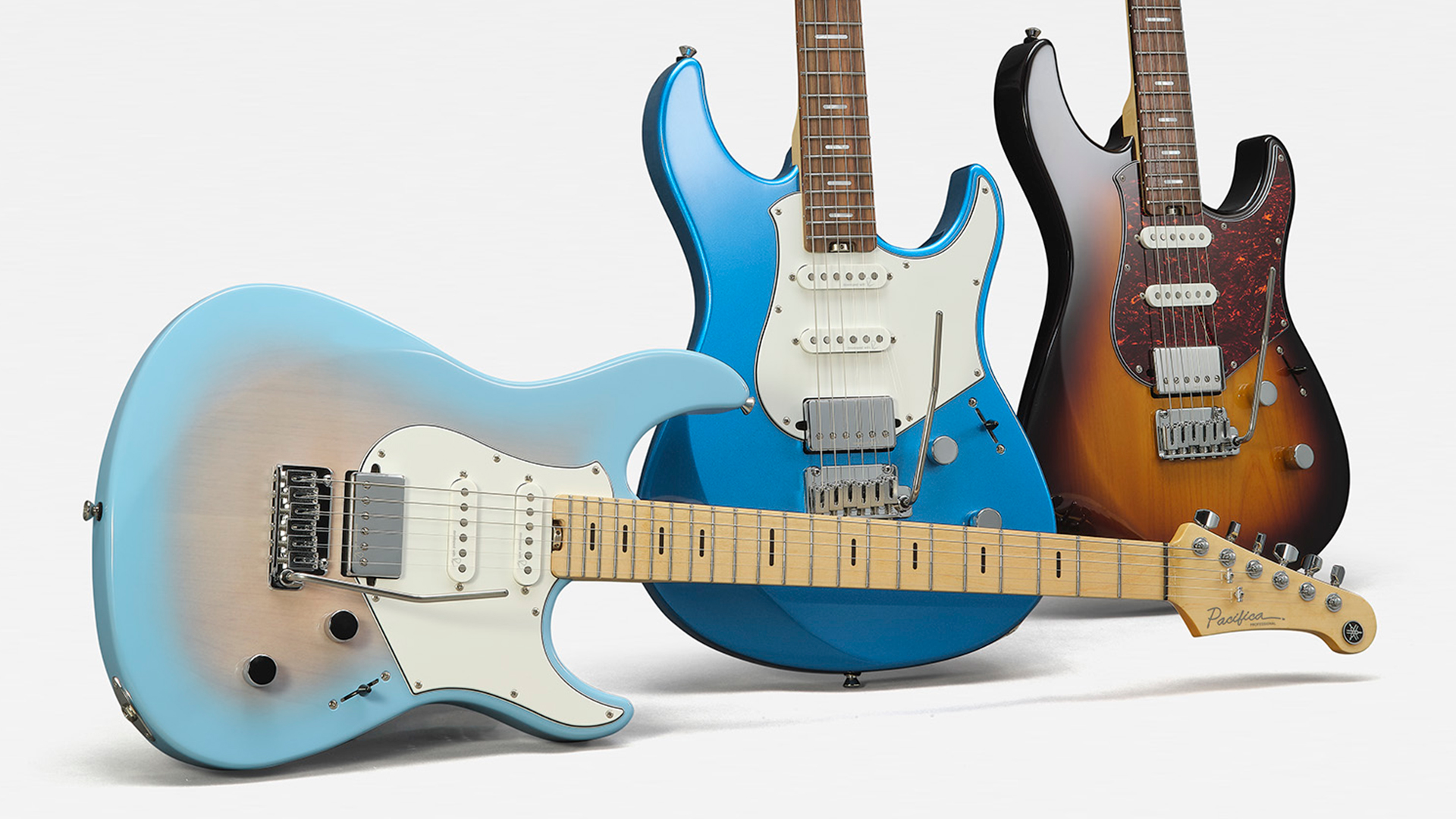
So where do we go from here? When will things get back to normal?
We’ve got good news and bad news on that front. We’ll give you the bad first: we’re highly unlikely to see prices fall in the near future.
The de-globalization process is still underway, international firms of all stripes have still got to navigate shipping issues, trade tariffs, blockades, ongoing wars and all of the associated political fallout.
That creates uncertainty, and businesses hate uncertainty (and, for all the legend-making, guitar-makers are businesses first and foremost).
Across the board, as far as looking at it over time, we’re in a really good spot
Justin Norvell, Fender
The better news is that it looks like things are beginning to settle. As this Reuter’s infographic neatly demonstrates, we’re over ‘the hump’ with inflation and the most noticeable and rapid price increases – so the sharp intakes of breath that have accompanied more recent product launches should start to lessen.
There are always exceptions, but we won’t go back to 2019 prices across the board. Guitars have gotten more expensive, period. Instead we’ve hit a new plateau. A new normal. One where costs are higher, but the quality from luthiers across the world is at an all-time high and the value for money is still, historically speaking, excellent.
We might have to curb our guitar-collecting habits a little (and that is probably going to be the case with a lot of our buying decisions in the next decade or two) but the geography, buying power and the ecosystem of the US economy means the glory days of the US guitar buyer are not behind us yet.
As Fender’s Justin Norvell put it to us: “Across the board, as far as looking at it over time, we’re in a really good spot.”

Matt is Deputy Editor for GuitarWorld.com. Before that he spent 10 years as a freelance music journalist, interviewing artists for the likes of Total Guitar, Guitarist, Guitar World, MusicRadar, NME.com, DJ Mag and Electronic Sound. In 2020, he launched CreativeMoney.co.uk, which aims to share the ideas that make creative lifestyles more sustainable. He plays guitar, but should not be allowed near your delay pedals.
“It holds its own purely as a playable guitar. It’s really cool for the traveling musician – you can bring it on a flight and it fits beneath the seat”: Why Steve Stevens put his name to a foldable guitar
“Finely tuned instruments with effortless playability and one of the best vibratos there is”: PRS Standard 24 Satin and S2 Standard 24 Satin review









